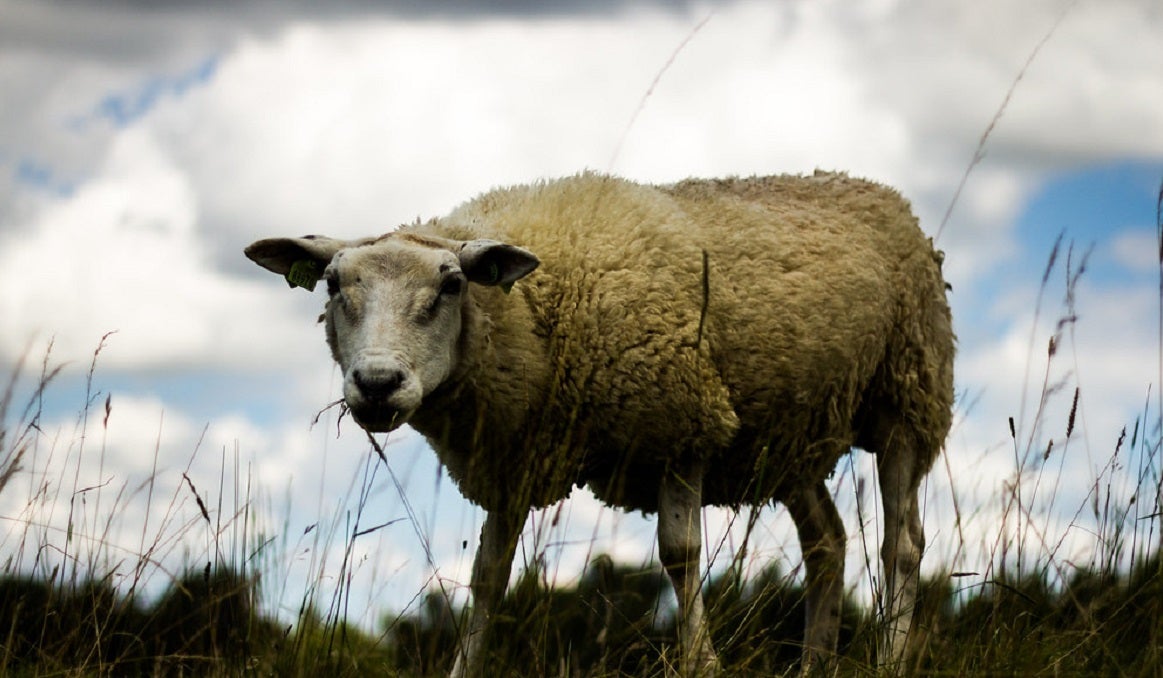
A guide to filming with animals
The old adage about never filming with children or animals should not be dismissed out of hand – but with a few careful checks and balances, filming with animals can be an interesting and even fun experience.
Jody Gordon, director/consultant at The Animal Welfare Consultancy (The AWC), has put together a guide for anyone planning to film with animals – a crucial checklist to consider well ahead of production.
The guide explains the basic requirements when considering animals in your production, while pointing filmmakers to the most appropriate points support.
The RSPCA has produced guidelines for those using animals in exhibition and entertainment; it is a good idea for someone on the production staff to familiarise themselves with these guidelines.
Filming with animals
Animals of all species, breed, size and colour may feature in many types of production including fly-on-the-wall documentaries, entertainment TV, feature films and commercials. All come with many challenges, whether it be the animal’s welfare or keeping crew and audiences safe.
.jpg)
Legislation
There are numerous pieces of legislation in the UK that may relate to using animals in production from licences for dangerous wild animals to the Rabies Act of 1974. In the UK, if you are responsible for an animal, whether on a temporary or permanent basis (this may include productions and their staff), you have a legal duty to ensure you provide for an animal”s needs as well as protect it from suffering.
There are lots of different licences that may be required and they will vary depending on which part of the UK you are working in, what animal you are using and where the animal is being sourced from. Someone involved in the production should be familiar with the relevant legislation.
Independent expert advice
It is recommended that filmmakers speak to an experienced and competent animal welfare adviser at the earliest opportunity, preferably in pre-production. The adviser should be familiar with all relevant legislation and guidelines.
They should be able to assist in planning and preparing appropriate paperwork. On-set, they should help protect animal welfare and can facilitate communication between trainers/providers, production crew and members of the public.
In post-production, the adviser can assist with communication regarding any welfare concerns raised. A list of animal welfare advisers can be found here.
Vets on set
Productions are not legally required to have a vet on set, but it is advisable for higher-risk productions, such as those involving multiple animals or stunt work.
The vet should be familiar with the species used and carry suitable equipment to deal with minor emergency care. Whether a vet is present or not, a local veterinary surgery should be informed and be on standby in case of an emergency.
.jpg)
Animal trainers/providers
Trainers/suppliers should be experienced and competent in dealing with the animals they are supplying. They should have a full understanding of relevant guidelines and legislation and how the production environment can affect their animal”s welfare.
In most cases, in the UK animal trainers/suppliers will require a licence issued by their local authority, a copy of which should be available to show on the set of the production. You should ensure the licence includes all the animals being provided.
Productions must provide trainers/suppliers with as much information as possible at the earliest opportunity to allow them sufficient time to train and prepare the animals. This should include what other animals and people may be present during the production. Follow the link for a list of animal trainers/suppliers.
Providing for the animals’ needs
As mentioned above, there is a legal duty to provide for the needs of animals which includes:
• The need for a suitable diet including water
• The need for a suitable environment
• The need to express normal behaviour
• The need to be with or without other animals (including humans)
• The need to be free from pain, injury, suffering or disease
Failure to provide for these needs may cause unnecessary stress and may lead to distress and suffering. When engaging an animal trainer/provider it should be made clear who will provide the facilities to ensure the above needs are met.
An animal welfare risk assessment, (sometimes referred to as an animal welfare impact assessment to distinguish it from a health and safety risk assessment) can help to recognise who is responsible and what actions can be taken to reduce the risk to welfare, and it may be required to comply with licencing regulations. The animal welfare adviser and trainer/supplier should be able to assist you in completing these documents.

Health and safety
Depending on the species, animals can bite, scratch, squash, trample or poison as a fight-or-flight response to poor handling, restraint and/or environmental conditions. Without the right health and safety precautions in place, those exposed may include the crew, the trainer/provider or members of the public who may be present (audiences) or nearby (outside broadcasts).
Proper planning, involving the trainer/provider, the animal welfare adviser, your health and safety adviser and the production crew, should be carried out at the earliest opportunity and constantly reviewed to reduce the risk of accidents and injury. Correct training of animals and staff prior to production will reduce risk.
Training and transport
Whilst your production may not have direct responsibility for either training or transport, correct procedures for both can reduce time and risk.
All training should be based on rewarding desired behaviour and ignoring unwanted behaviour. Trainers should be competent in handling the species and familiar with the most progressive and humane training methods. Prior to filming, animals should be habituated to the stimuli and environment they will be exposed to.
Animals must be fit to travel before and during transport and this may require veterinary sign-off prior to travel. Depending on the species, distance and time involved, paperwork may be required by the transporter, copies of which should be shown to production. Most animals find transportation stressful and therefore it should be kept to a minimum.
.jpg)
Finally…
The best way to succeed when working with animals is good planning, good preparation and good communication
With regards to legislation, there is some guidance and codes of practice on the .gov website (https://www.gov.uk/guidance/animal-welfare). This has links to lots of welfare-related legislation and codes of practice.
Any other legislation can be found at http://www.legislation.gov.uk/
With regards to guidelines, there are a few organisations that offer points that may be relevant. Below are a few links that may be of use:
https://www.rspca.org.uk/adviceandwelfare/performinganimals/guidelines
https://www.americanhumane.org/app/uploads/2016/08/Guidelines2015-WEB-Revised-110315-1.pdf (standards are based on American welfare)
BBC guidance – https://www.bbc.co.uk/safety/resources/aztopics/animals.html
In relation to insurances, the licensing of animal trainers in England does require them to have public liability insurance, but Gordon suggests that productions should inform their insurance companies that they are using animals as this may affect their cover.
We would like to thank Jody Gordon for his time and expertise.
Photo credits: Lennart Tange/Creative Commons (sheep), Jacqui Bickles-Smith (llama); BBC Media Centre (Poldark); Sony Pictures Entertainment (A Street Cat Named Bob); Carnival Films/ITV (Downton Abbey).
Share this Article











